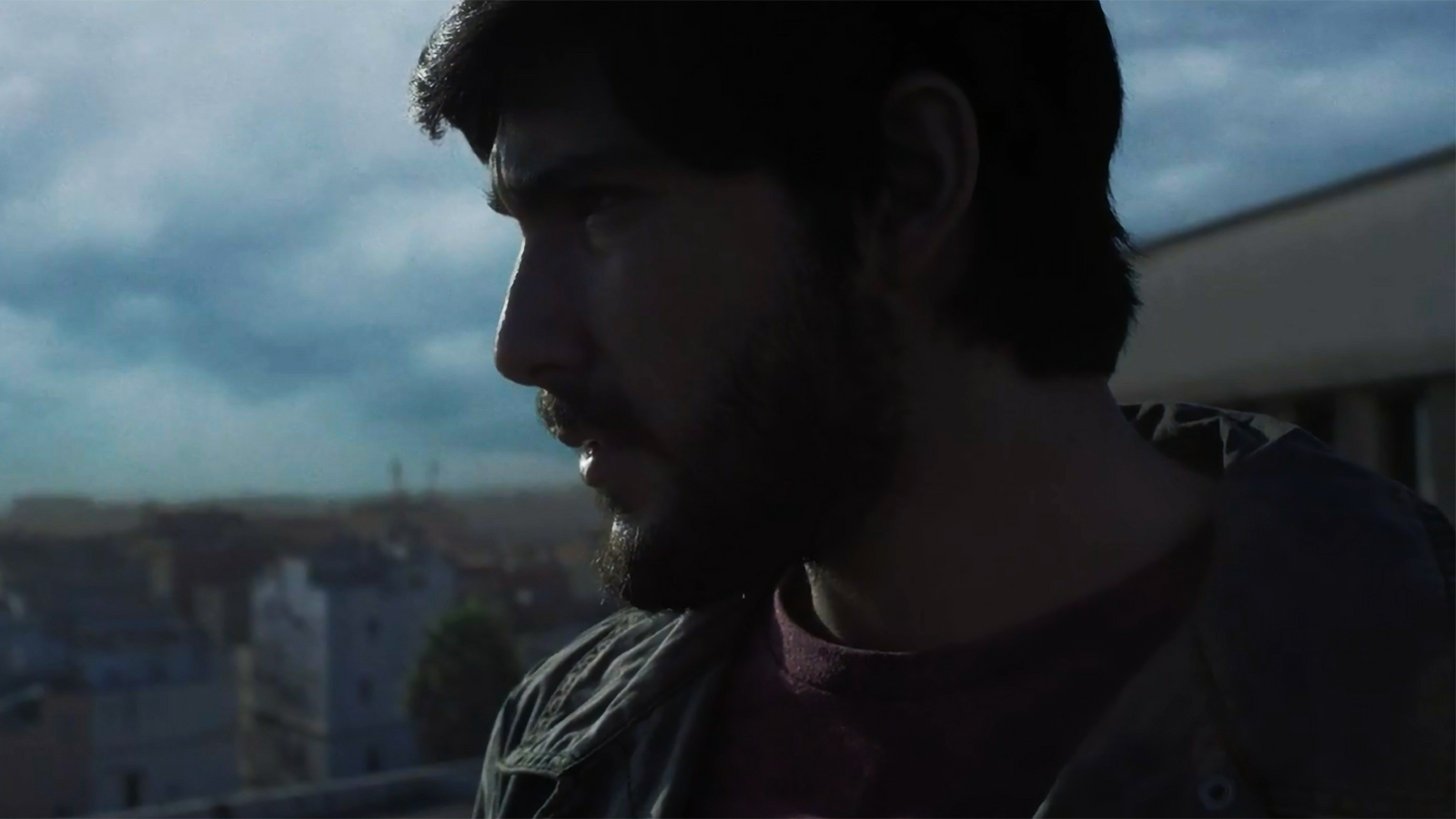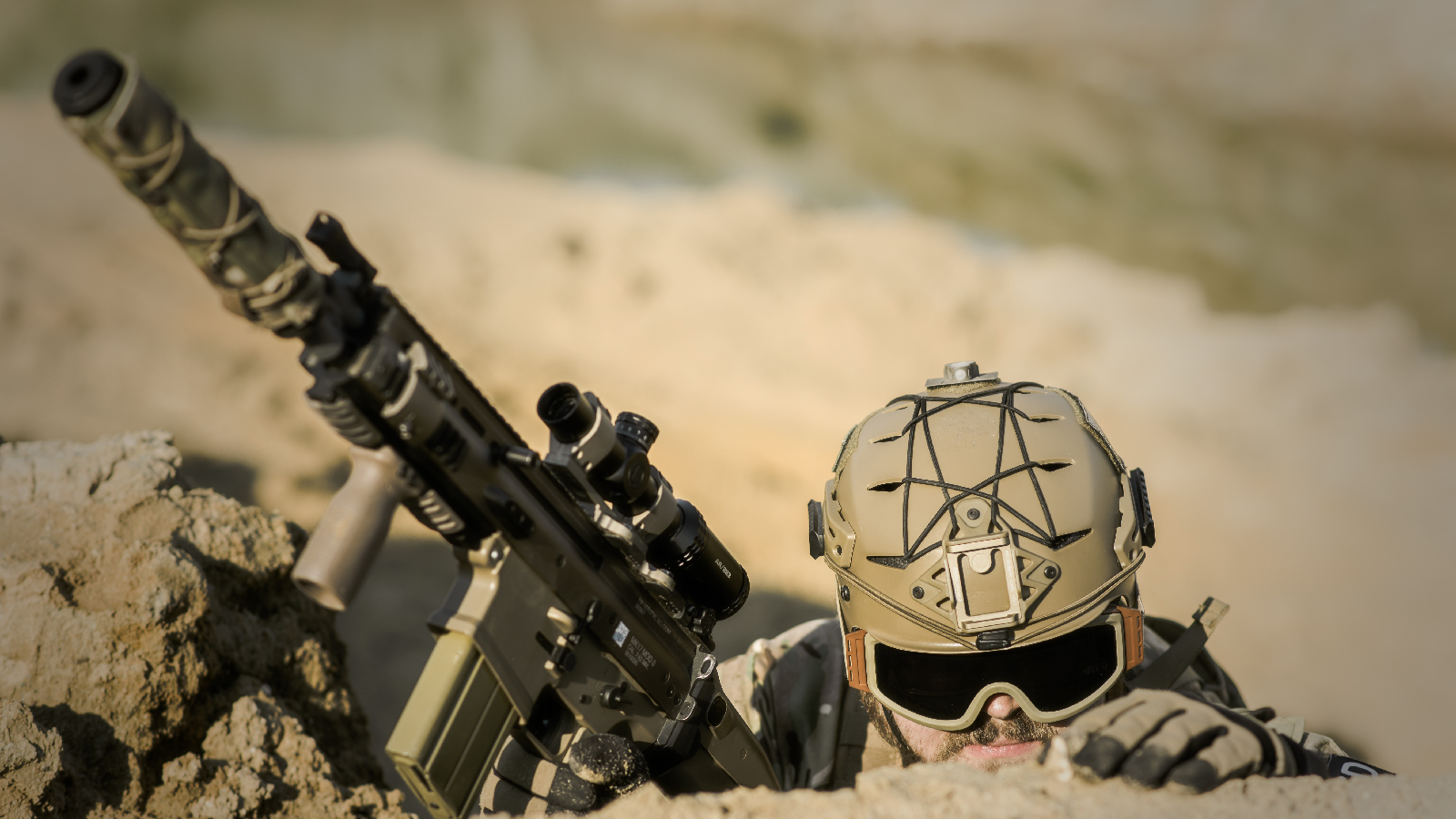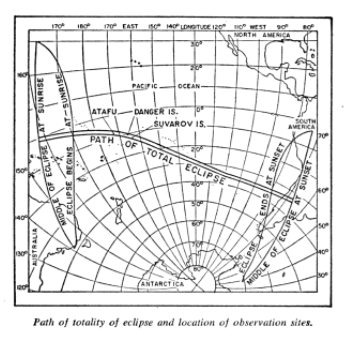The request appeared reasonable enough. The Soviet Union wanted to send a relatively small team of scientists to an island in the Pacific administered by New Zealand ahead of an upcoming eclipse to conduct some harmless experiments.
But it was 1956 and in those early days of the Cold War, anything the Soviets wanted to do -- especially involving space -- was met with deep suspicion by American intelligence.
"The CIA was particularly paranoid certainly about anything that might have a positive benefits for the Soviets. This is a time period where we're in a zero-sum world where anything that's good for them is bad for us and vice versa," intelligence historian Vince Houghton told Code and Dagger. "Even if we had no idea what was going on, if they said, 'Hey we'd really like to do this,' we're like, 'Well, why? Why would you want to do that?' So I think certainly in the 1950s people were focused on that."
True to form, the CIA tasked an analyst with trying to figure out what the Soviets might really be up to. The result was a nine-page report, now declassified, that concluded the usual scientific data would be valuable to the Soviets on its own, but the trip to Atafu Island could also be a cover for a "feeler" mission to later spy on U.S. nuclear testing or help prepare the Soviets for a nuclear war. If the team was allowed to go, the analyst said, they should be under near-constant watch for any national security shenanigans.
At the time eclipses were of great interest to scientific teams from around the world, as, like today, they provided unique conditions in which to study everything from the sun's radiowave emissions to the earth's magnetic fields to the cosmic dust in between. The eclipse was set to occur in October 1958, near the end of a period of extraordinary cooperation between hundreds scientists in more than 60 nations, including the U.S. and Russia, in what was known as the International Geophysical Year.
But intelligence officers are a more paranoid bunch by nature and the CIA report said that this particular eclipse could also have some "added military significance." In those days before GPS satellites -- the first artificial satellite in space, Sputnik, would go up in 1957 -- the CIA knew that its maps of the Pacific were probably a little off and suspected the Russians' were as well.
"At present, the position of many Pacific islands have the accuracy of astro-observations only, and may be in error by a mile or more," says the report.
But by observing the path of the eclipse and doing some complex calculations with other available data, the CIA believed the Soviets could learn more precisely where the island was relative to other land masses.
"The experience they would gain and the accuracy of their result might serve them to advantage at some future time," the report says.
Beyond general strategic intelligence, the unnamed CIA analyst said it was also possible the Soviets intended to set up a "listening post" on one of Atafu's smaller neighboring islands to collect information on American nuclear tests at Eniwetok Atoll.
"From Asia the Tokelau Islands [of which Atafu is a part] lie more than 2,000 beyond Eniwetok," the report says. "A covert seismic station operated on one of the less frequented islands (and serviced by submarines) could pick up seismic recordings of the nuclear tests at closer range than any other Asiatic station... The advantage of having Asiatic detection stations augmented by a station on the [unintelligible] side of Eniwetok might be considered by the Soviets as great enough to warrant the preliminary steps toward achieving it."
Or maybe the Soviets wanted to see if the Pacific could solve a basic problem of geography for them: The Soviet Union, an exceptionally huge country, was nevertheless too short to test long-range missiles that would theoretically have to be capable of reaching the U.S. if it ever came to a nuclear exchange.
The CIA report said the USSR, at its widest point, was approximately 5,000 miles across. But in a "future war" with the U.S., Soviet missiles would have to fly more like 5,500 miles. So, the report asked, would the Soviets risk fighting a nuclear war without knowing for sure if they could hit a target that far away?
"It seems consistent with the concept of selective bombing that the test range should be as long as the planned operational range of the missile," the report says. "The suggestion made here is that the Soviets may have just realized the necessity of going outside the limits of the USSR for a test range that will match the capabilities of their ballistic missiles.
"Thus, Atafu may be simply a 'feeler' directed toward establishing a Pacific test range," the report says.
The analyst admitted that both the size of the Russian team and the length of time they proposed to be on Atafu were consistent with legitimate scientific expeditions, but the analyst said precautions must be taken if the New Zealanders allowed the expedition to go ahead.
"A list of personnel and equipment should be provided to facilitate surveillance of activities and intentions," says one of four recommendations in the report. "Free access should be available to all areas of operation and activities at all times."
Houghton, who is the curator of the International Spy Museum in Washington, D.C., said the memo most likely originated from the CIA's analytical directorate, perhaps with input from the agency's Soviet specialists, but it's unclear where, if anywhere, it went. The CIA declined to comment for this report.
Regardless, all the worry was for naught it turned out as New Zealand turned down the Soviet request. Historian A.C. Wilson wrote that at the time New Zealand shared a general suspicion about the Soviet Union.
"Thus the door to Russia was being opened warily by the West though governments were still cautious about exchanges with the Soviet Union that turned out not to be what they seemed," Wilson wrote in his 2004 book on New Zealand and Soviet relations during the Cold War.
It's unclear exactly when New Zealand decided to turn the Soviets down, but a month after the CIA report was written, New Zealand's relationship with the USSR soured considerably following the Soviet's violent crackdown on the popular uprising in Hungary, Wilson wrote.
In the end several teams of scientists from the U.S., Britain, Japan and Switzerland joined New Zealand researchers on Atafu and in the surrounding area to observe the eclipse and conduct their own experiments, according to an October 1958 issue of The New Scientist magazine. The Soviets had to settle for observing another eclipse a few months earlier that was visible from several locations in friendly China.














